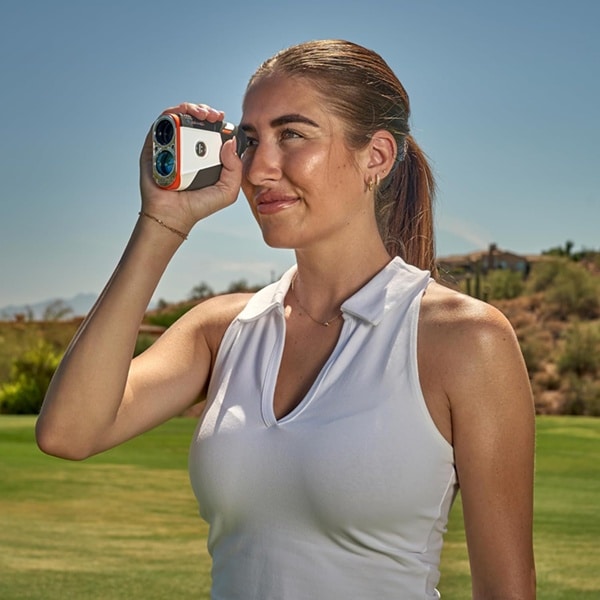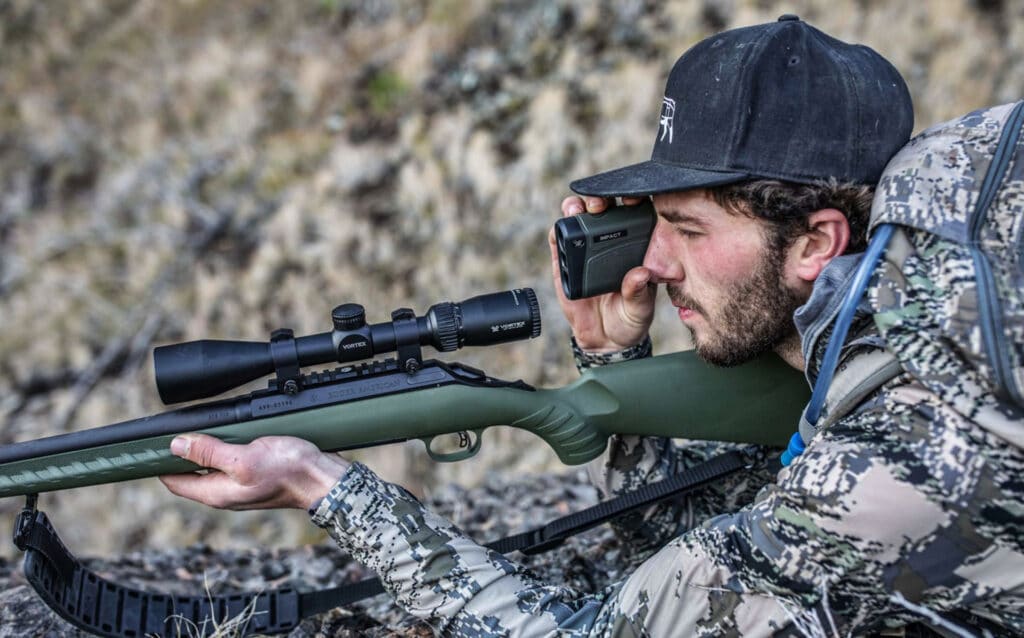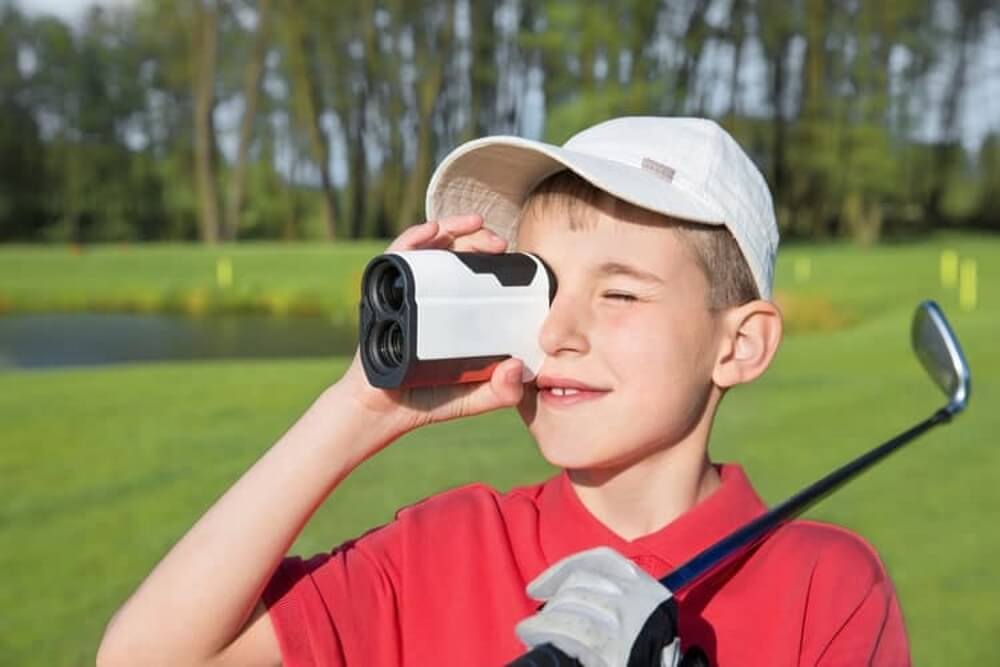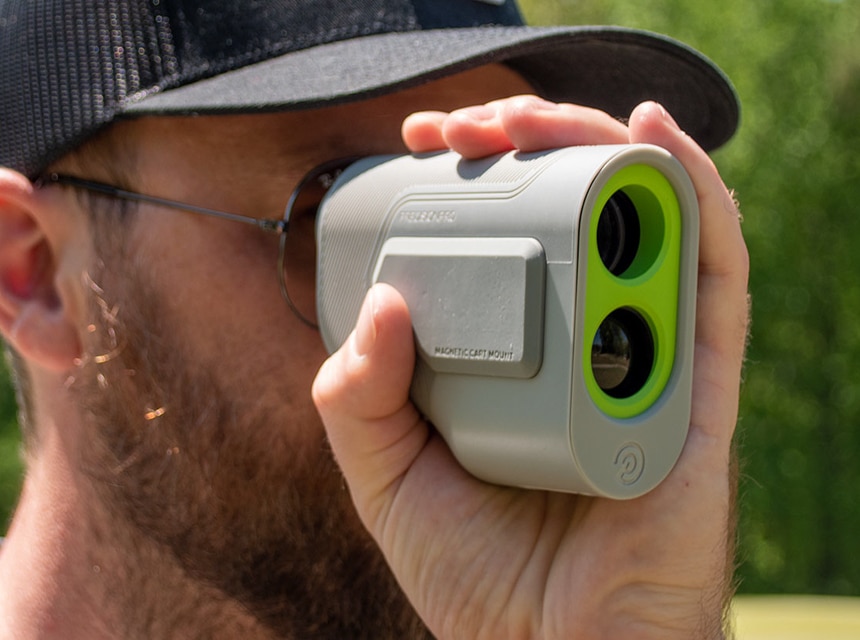

There was a time when you had to guess how far away your prey was while out hunting. Then, the advent of the rangefinder changed everything. Suddenly, you could better enjoy your experience as there was no disappointment at not accurately guessing how far away you were from your target. But those who want to return to a technologically-free hunting experience may be wondering just how to judge distance without a rangefinder?
Well, for this answer we will need to return to the past. In this article, we’ll provide you with a comprehensive overview of what nature can tell you about the distance between you and your target. Hunting may be on the decline Trusted Source Are US hunters becoming an endangered species? Fewer and fewer Americans are taking up hunting every year, prompting some advocates to express concern for the future of the pastime, as well as the wildlife and nature conservation that hunters’ fees support, writes Jonathan Berr. www.bbc.com but there is still a passionate population that loves the idea of being outdoors and the thrill that this sport brings.
We rely a lot on technology and it can be hard to understand what we are actually capable. Now that rangefinders are so affordable, with many coming under the $100 mark, most hunters have naturally included them in their gear. Understanding distances without a rangefinder might seem odd at first but with a bit of practice, it’s amazing just how accurate you can become.
Sometimes we forget our rangefinder with all the excitement of heading out. Sometimes the desire to hunt comes up when we don’t have all our gear. And then there are the times when we want a simpler hunting experience.
Whether you want a back-to-basics hunting experience, or simply forgot your rangefinder at home, follow these simple ways to make the calculations on your own.
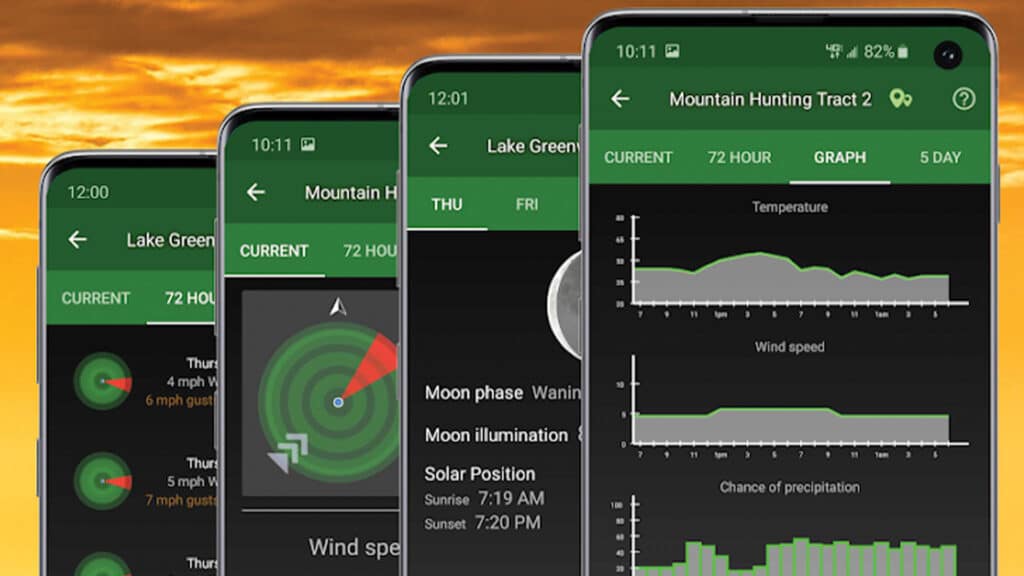
While a hunting app still relies on technology, you do have to put a bit of work into it. Essentially, a hunting app will map the distances between you and other parts of where you are. You will still need to make a few calculations and understand your terrain, but it will greatly help.
This seems rather too simple but it is still effective. Before you go out on a hunting trip, do a bit of research. Look at maps, either paper or online. In particular, study topographical maps that better show the terrain. The more information you have ahead of time, the better you are able to accurately guess distances.
Light plays tricks on us all, and hunting is no exception. On a particularly sunny day, if you spot an animal in the shade you may assume it is farther away than in reality. There are two ways to use this information.
The first is to know that your target will seem further away and adjust your perception on this information. The second is to go about and practice in shady/sunny locations. Hunting will never have the perfect conditions so it’s important to be adaptable.
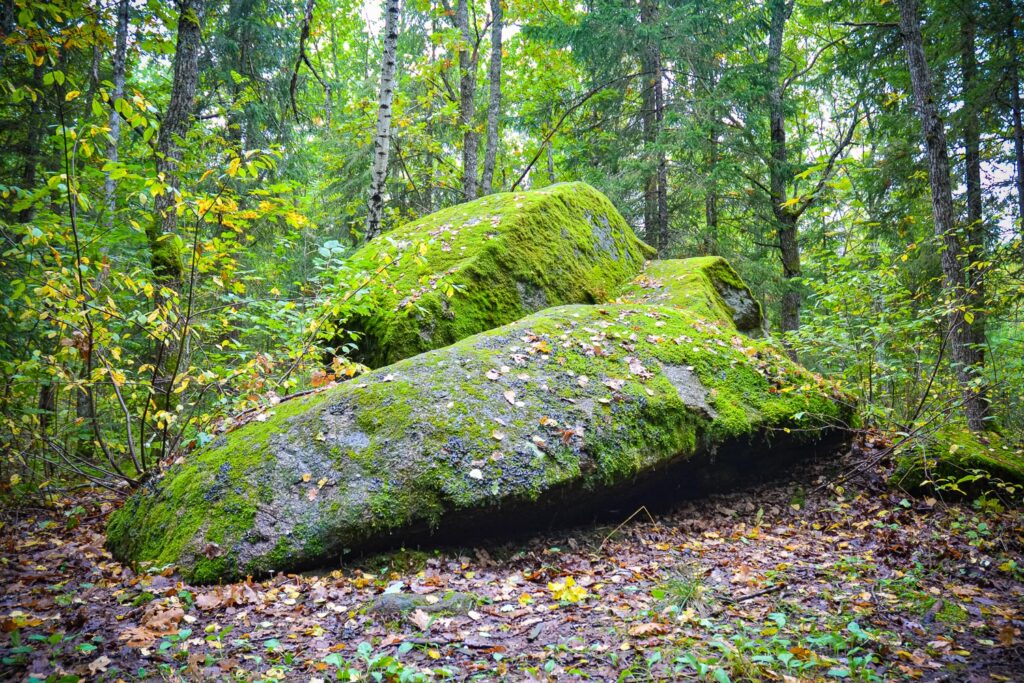
Whether it’s a tall tree with a nest in it or a unique-looking rock formation, knowing the landmarks around you is important. If you are travelling to an area you’ve been to before, take a bit of time to mark the distances between landmarks. This will give you a starting point for different distances.
When you’ve found a particular terrain you want to hunt in, start by walking and counting your steps to particular landmarks. One human foot is about the same size as a foot measurement. Walk heel to toe and count off as you go along. Then, you can set up an area to wait in and know how far away different landmarks are in different directions.
Be familiar with not only the size of animals but how they compare to other animals. For example, a moose can be double the size of a deer, even though from afar they seem the same. Therefore, if you see a large animal but it looks the size of a smaller animal you’re used to hunting, you will know the large animal is actually further away.
Hills can be deceptive as you can overshoot or shoot too high because of the odd sightlines. It’s definitely important to practice in hilly areas so that when you are out hunting and have an animal in sight on top of a hill you don’t overcorrect for the assumed distance.
If you are unsure about hills, try practicing your distance mapping and then using a rangefinder that does particularly well with hills, such as the Halo 450XL Laser Range Finder HALRF0096. You can make your guess and test your accuracy.
Practice makes perfect. There are many innovative ways to practice your ability to sight your target without a rangefinder.
Fog, rain, and snow can all distort our perceptions. While it is easier to judge distances in perfect, clear weather, adding a bit of the elements can quickly throw you off your best guess. When you practice any of the next tips, be sure to go out in all weather conditions. No, you probably don’t want to hit golf balls in the rain but it will prepare you much better for your next hunting trip.
If you do decide to practice your low-visibility training but want a rangefinder with you, just in case, be sure to bring a waterproof model with you, such as the ATN ACMUABL1000.
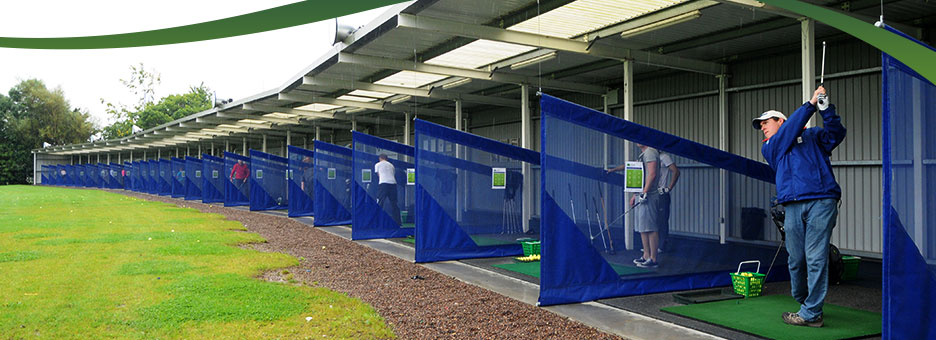
There aren’t many places that have long distances easily market, except for the driving range. Here, you can see for up to 500 yards in front of you with the distances marked around every 50 yards.
Even if you don’t play golf, head to a driving range to get a sense of distance. Hit a few balls and see how long they take to travel through the air and how far away they land. It will give you a better sense of distance, and you might even find a new hobby.
For those that have a rangefinder, try to use it as practice for not using it. Was that a bit too complicated? Go out on a walk and look at landmarks around you. Do your best to guess how far away a tree is or a rock outpost. Then, compare your guess with your rangefinder binoculars.
This might take a bit of time but it’s a simple way to guess distances and have accurate and immediate confirmation on the accuracy of your guess.
This practice tip is one of the hardest but if you become proficient in it, it is an excellent tool to have. First, you will need to have a really good idea of how far a specific short distance is, say 10 yards. You want to be accurate in this first measurement, so you may want to measure the distance first.
Once you have a good sense of how far away 10 yards is, use that distance and walk your eyes a further 10 yards. Keep repeating it until you have reached 100 yards.
You can practice walking your eyes a certain distance and then check your accuracy against the rangefinder. Often the further the distance the more inaccurate this technique is. Either you will have to practice more, or if it is too hard, rely on a different technique.

While the driving range offers great distance, an archery range Trusted Source How to Prevent Injuries and Prepare For a Safe, Successful Archery Hunt The general-season buck deer archery hunt and the general spike and any-bull elk archery hunts are the first big game hunts of Utah’s fall season, and they all begin Saturday, Aug. 21. etvnews.com is another area to check out. The nice thing about an archery range is that it is the perfect practice for those who hunt with a bow. You can measure our distance against the marked targets and get a better feel for how your bow works in the wild.
Hunting is more than just a walk in nature. It is a hobby that needs a lot of skill and training, at least if you want to actually shoot something. While there are plenty of technological tools to help you, sometimes you might want to try hunting the old-fashioned way. We hope we have given you some tools and tricks to practice how to judge distance without a rangefinder. Remember that there is no shame in using a rangefinder, especially during your practice as it can tell you how accurate your guesses are.
